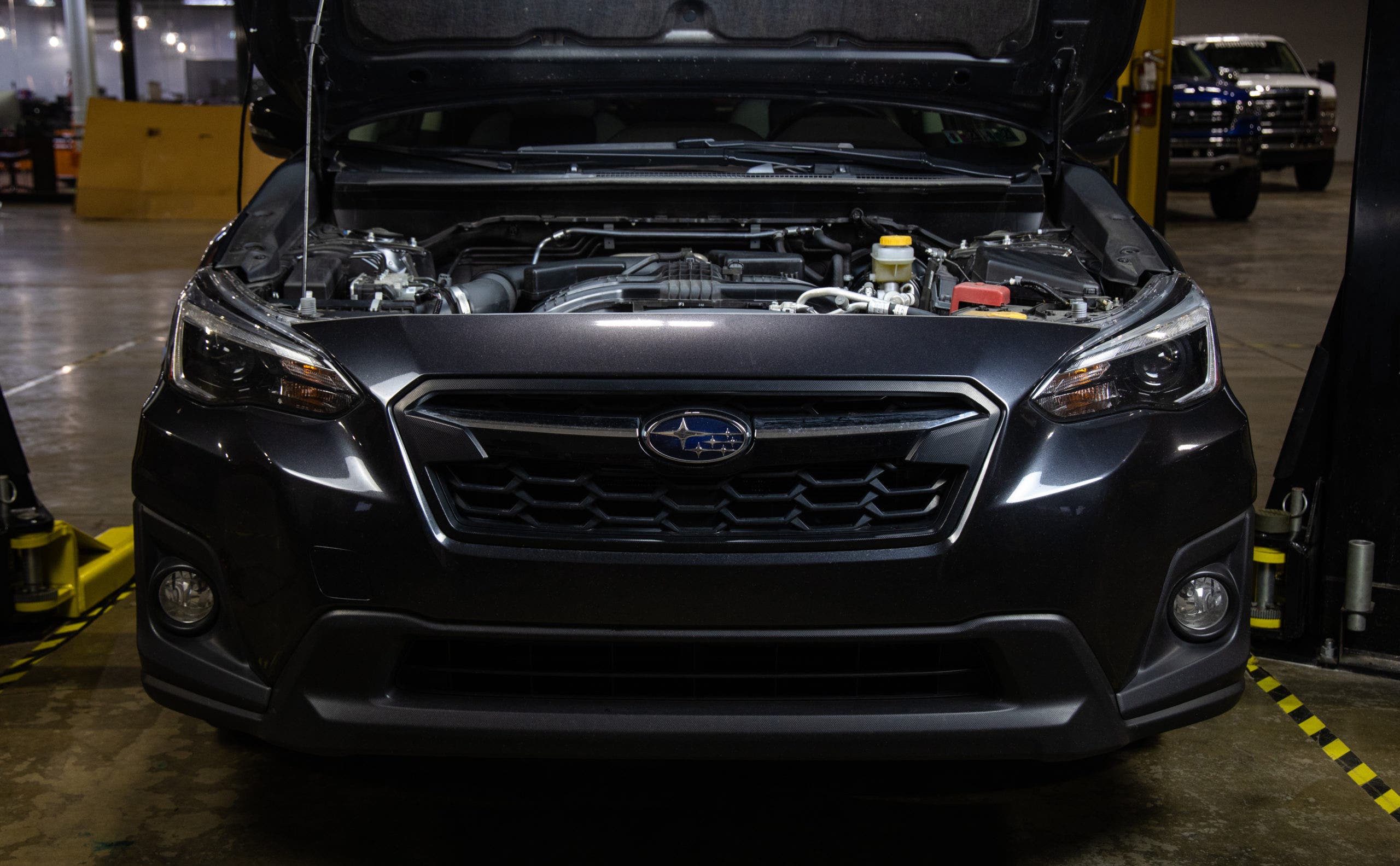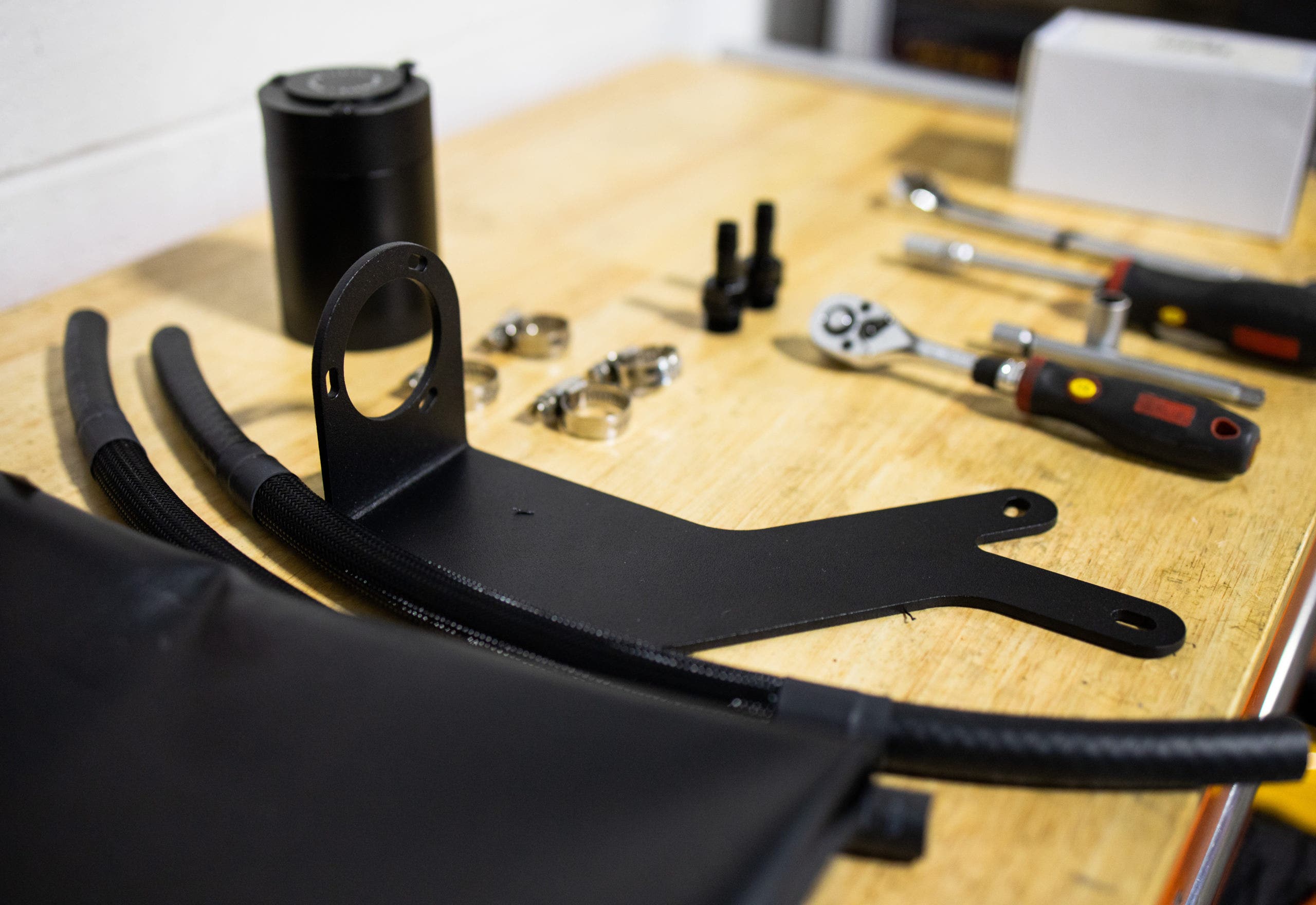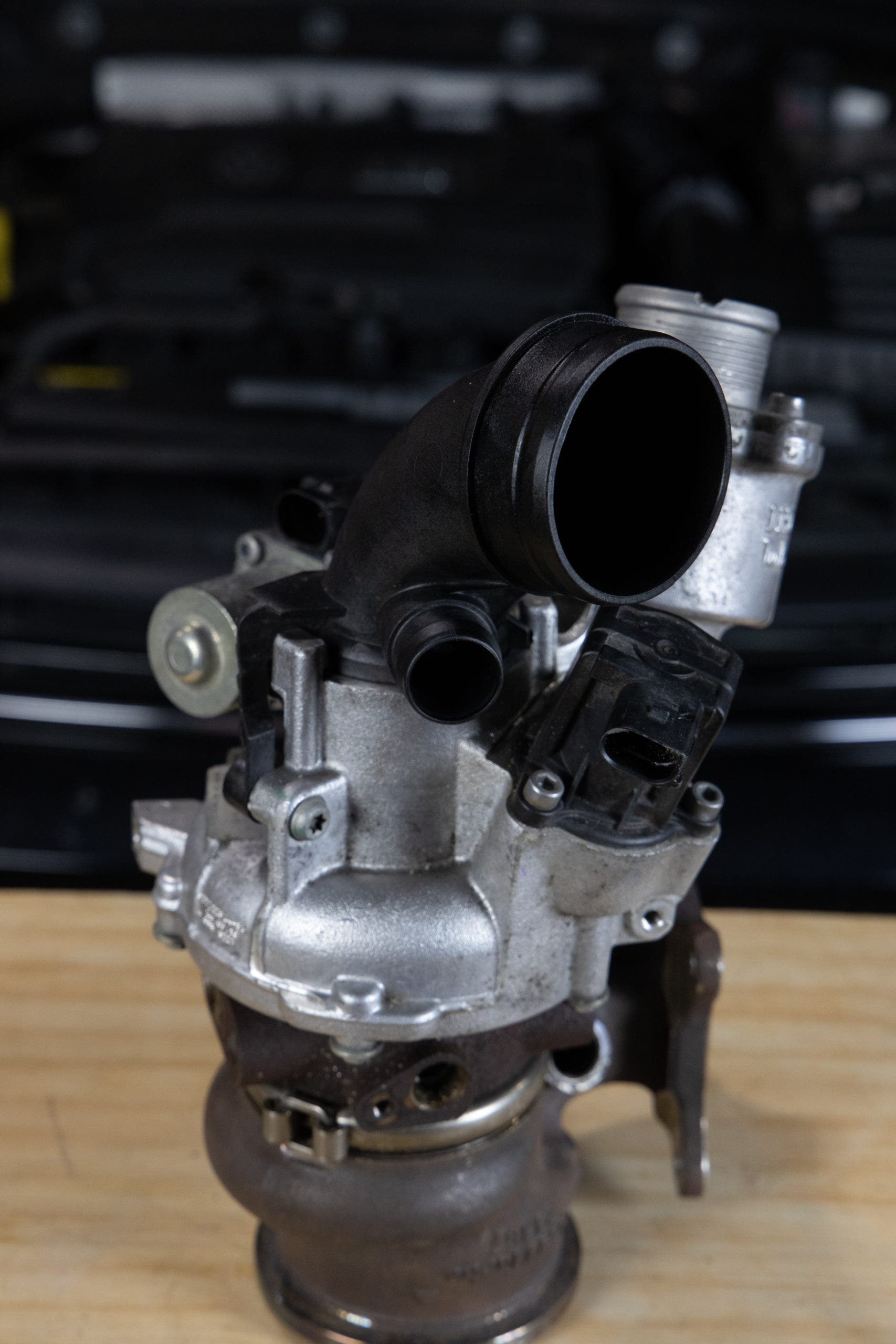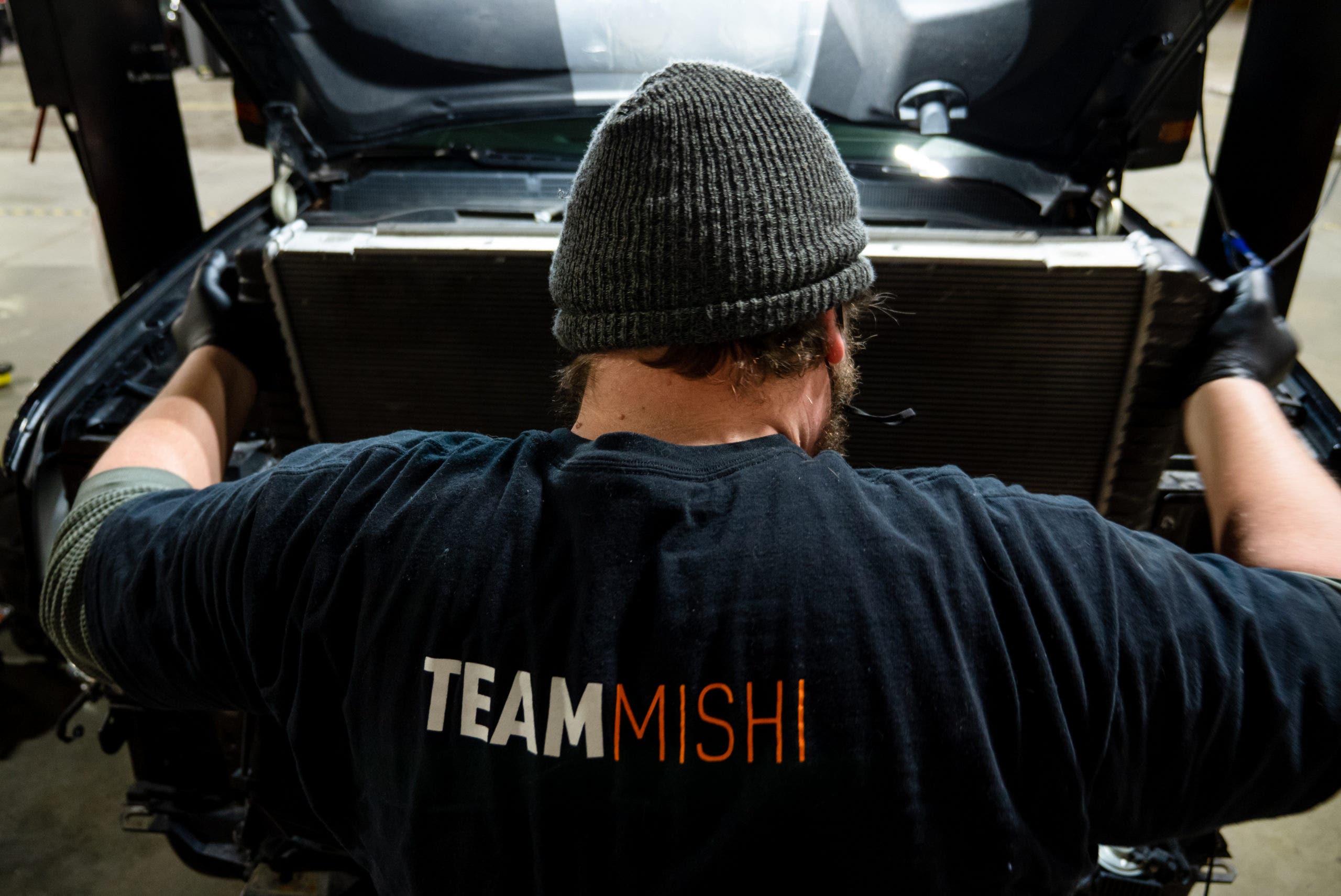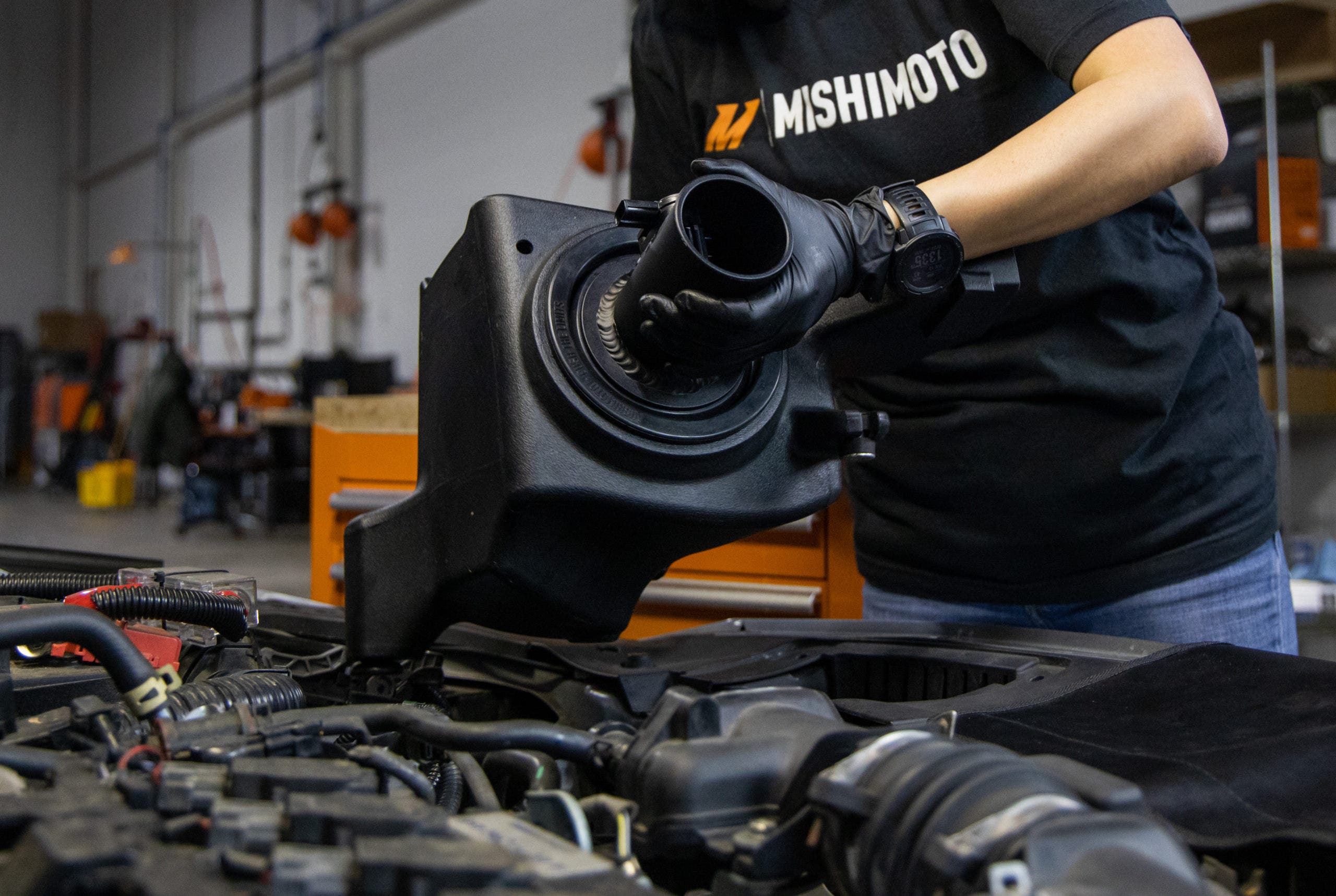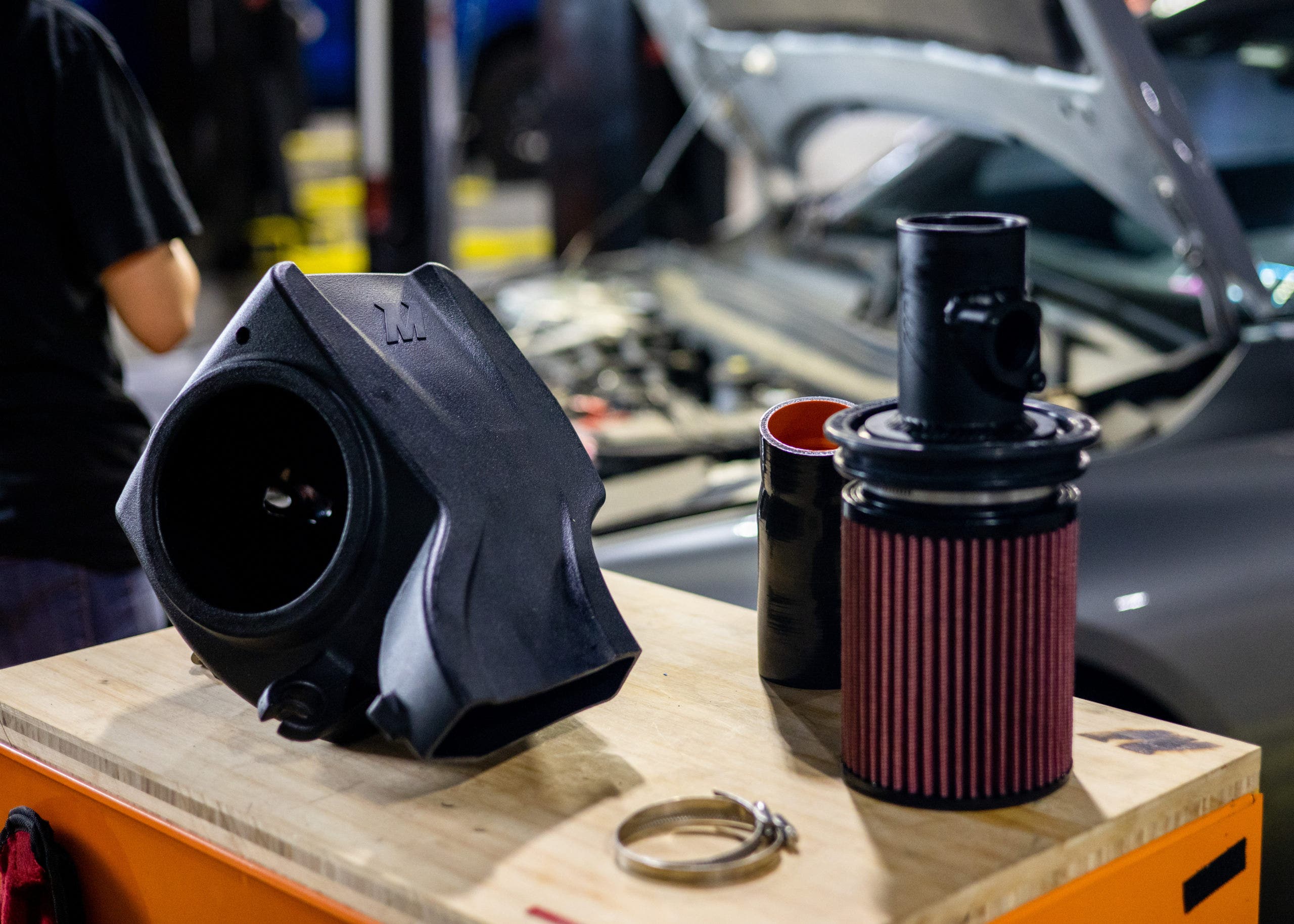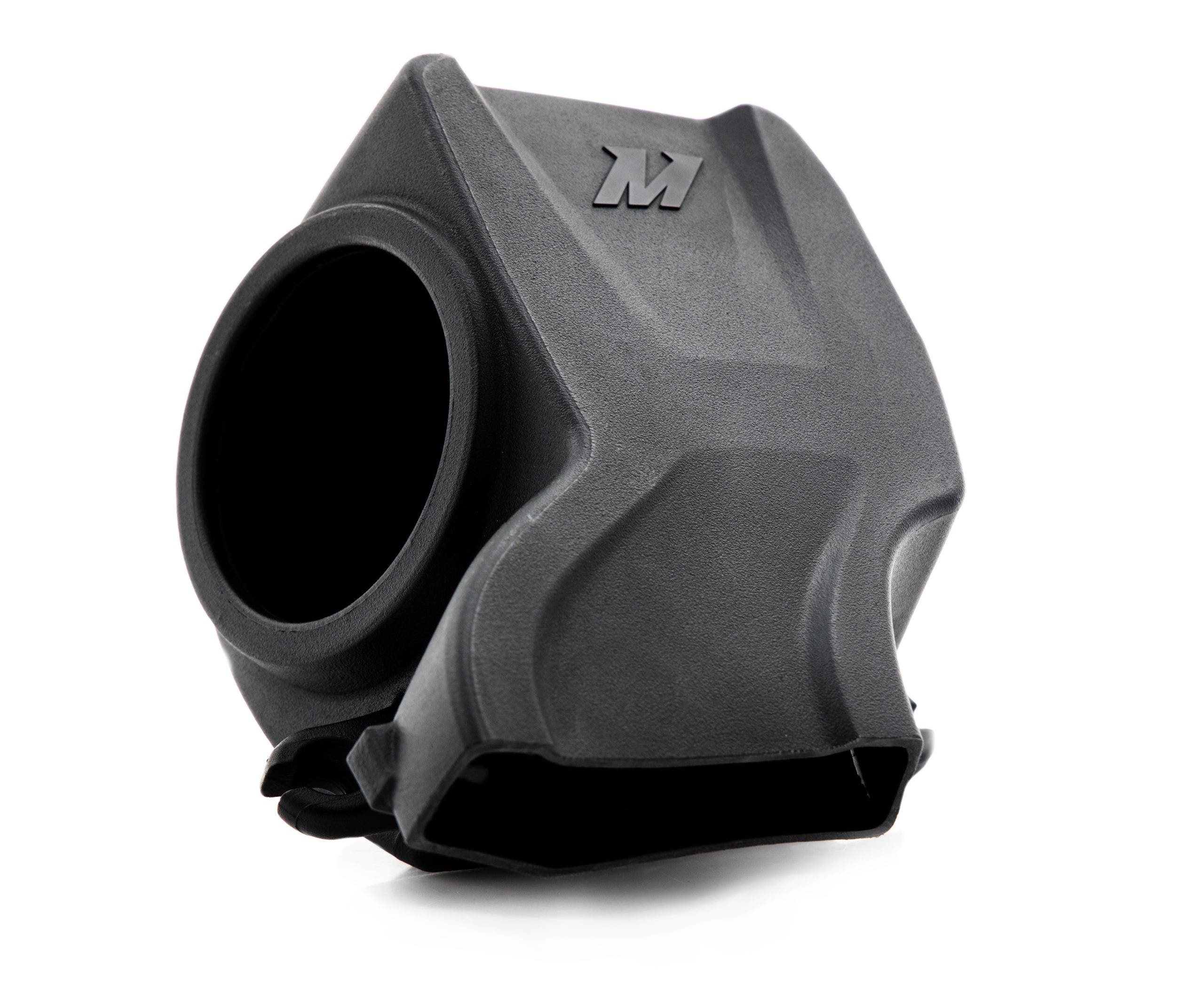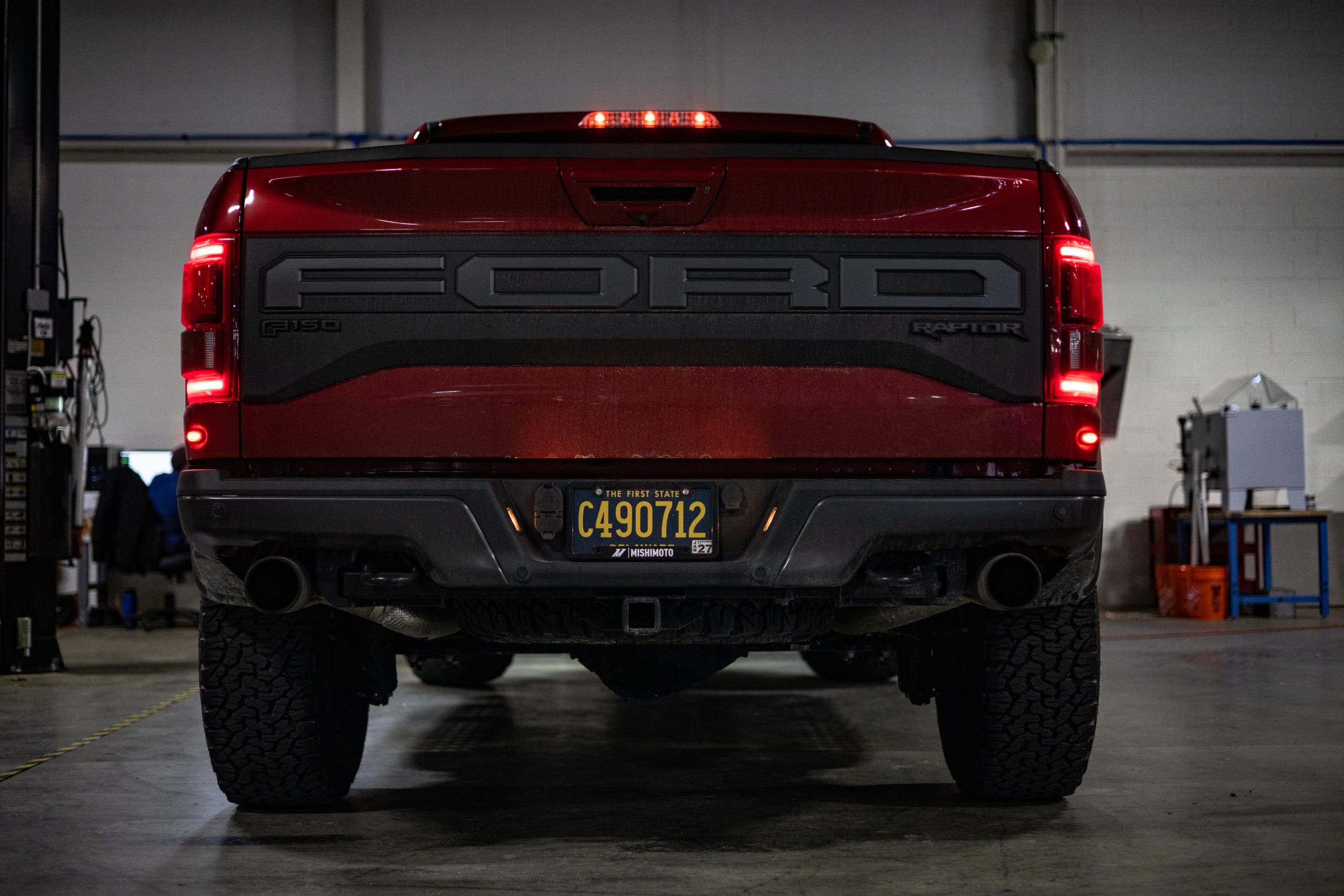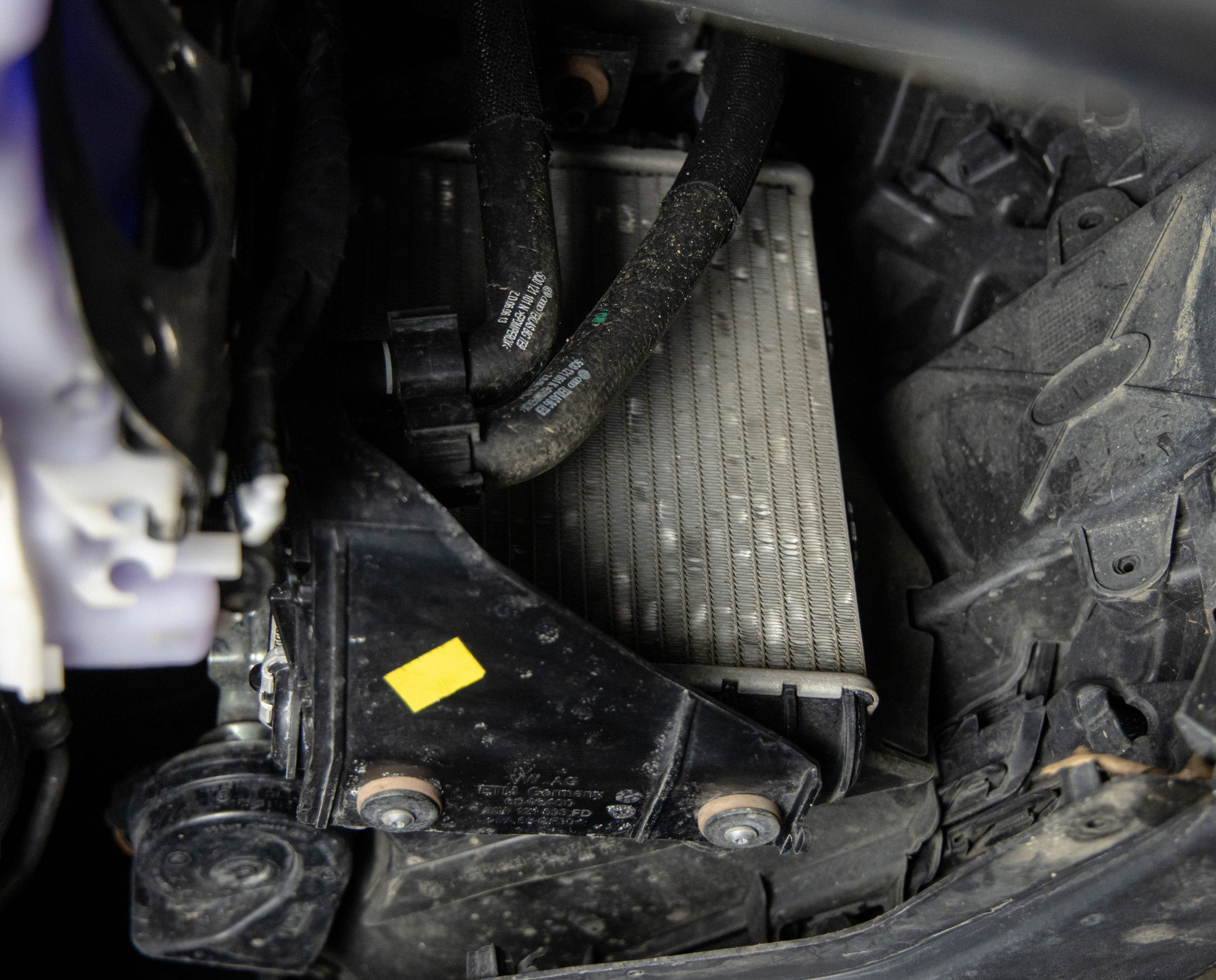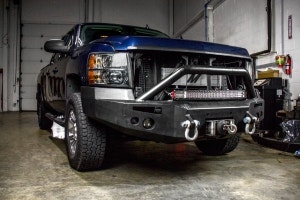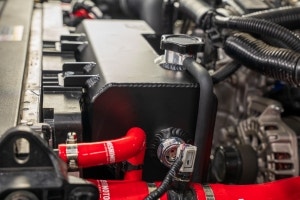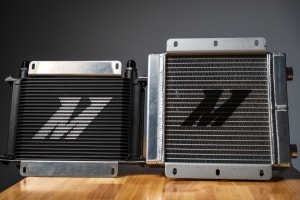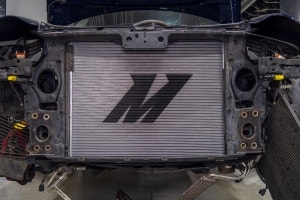BMW's M division is renowned for delivering the utmost pinnacle of automotive performance. That's no secret. For decades, the letter M has become synonymous with the perfect distribution of performance and luxury, with the M3 topping the charts in the compact class. It's the benchmark in terms of enthusiast vehicles. Being a driver's car means, though, means that we enthusiasts can't keep our hands out of the engine bay. We need to fiddle and tweak even the likes of the G8X M3/M4 until it perfectly matches our tastes. That tinkering typically starts with the intake system.
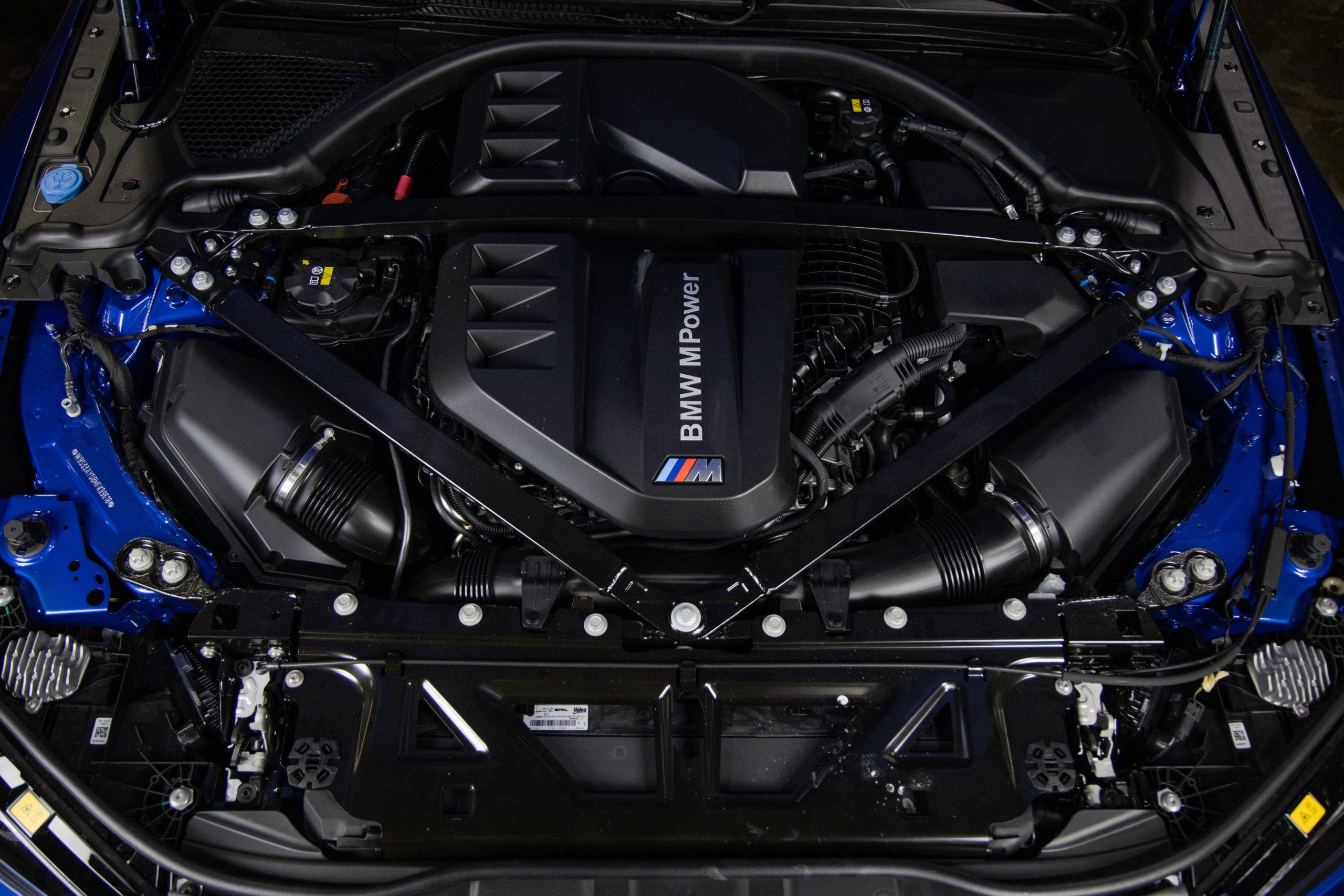
BMW designed the S58's intake system to work independently and in perfect harmony within the engine ecosystem. Simply put, both turbos get their own intake. Before we can make our updates to the system, though, we

